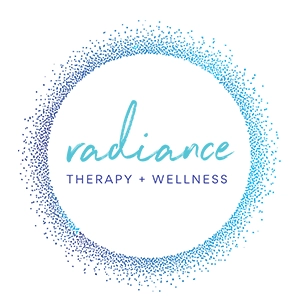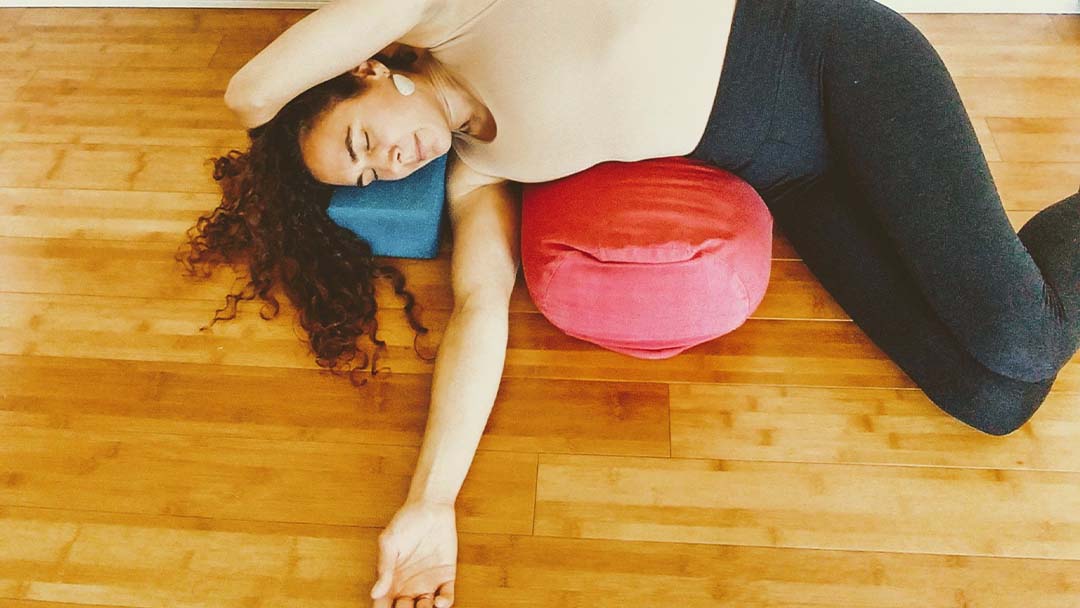Beloved Friends, I am buzzing with excitement after a long weekend spent with other eager Myofascial Release practitioners — learning new techniques for the pelvis and low back…
During the seminar, our instructor reminded us of a very simple exercise you can do at home (and in bed, if you so wish!) to correct an upslip in the pelvis…
First, you may be asking – what is an upslip?
An upslip is when one pelvic half is higher than the other. The higher pelvic half is considered the “upslip” side and the lower pelvic half, the “downslip” side. Because this exercise is targeted at lengthening the fascia on the side where the hip is higher up, we will be assessing and addressing the upslip side.
Second, how do you know if you have an upslip?
Stand in front of a mirror (or if you like, you can ask a loved one to assess) with your undergarments on — so that you can see as much skin as possible. Note if one side of your waist/torso looks “scrunched” or shorter than the other. Often times the shoulder is lower on the same side that the hip is higher — creating a shorter side. The shortened side, is the side with the upslip.
Third, how do you self correct an upslip?
- Props needed: one to three pillows; or a yoga bolster and a yoga block (as pictured in this blog post).
- Lie on your side with the upslip (shortened side) facing up; with 1-2 pillows or a yoga bolster between the ribs and pelvis on your downslip (longer) side. Place a yoga block or another pillow under the side of your head for support.
- Bring the bottom arm forward of your body on the floor; with the shoulder blade slightly protracted (shifted away from spine/midline).
- Bring the top arm over head (with the upper arm rotating outward) and rest the upper inner arm on the side of your head. Note: if this is not accessible for your shoulder, simply take the arm out in front of you or as far up over head as you can and rest it on a pillow/support.
- Ideally, you want to hold this position for 7 minutes. I like to use an interval timer for my self-myofascial release practice but you could also play a song or two that will last 7 minutes. *** The prolonged hold in this stretch is what helps to release the denser, collagenous, component of your fascia — helping to rehydrate the connective tissue and return the extra-cellular space to a more fluid state.
Re-assess… Stand in front of the mirror again to see if anything changed. Repeat daily… continuing to re-assess as you go.
Let me know how it went! And, as always — feel welcome to reach out with questions or to just say hello. I always welcome your inquiries and comments.
In Radiance, Jahara

